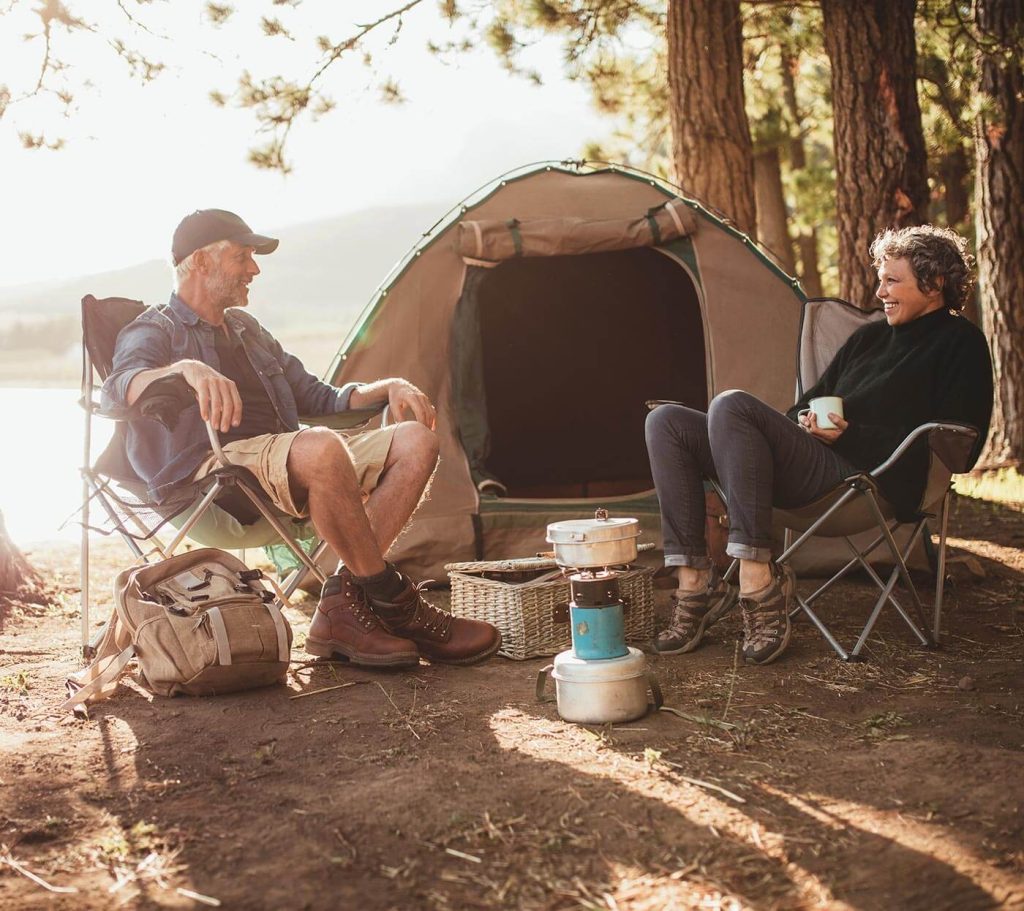Importance of a good night’s sleep while camping When exploring the great outdoors, a restful night’s sleep is crucial for energizing oneself for the day ahead. A comfortable custom sleeping bag is key to achieving this, providing insulation and protection from the elements.
Custom sleeping bags as a solution Custom sleeping bags offer a personalized approach to outdoor bedding, allowing campers to tailor their sleeping experience according to their unique preferences and requirements.
Basic Specifications

Size and shape
- Different sizes to accommodate various body types Custom sleeping bags come in a range of sizes, ensuring a snug fit for campers of different heights and builds.
- Mummy bags vs. rectangular bags Mummy bags have a tapered shape that minimizes excess space, maximizing heat retention. Rectangular bags provide roomier sleeping options for those who prioritize freedom of movement.
Temperature rating
- Options for different weather conditions Custom sleeping bags are available with different temperature ratings, catering to various climate conditions encountered during outdoor adventures.
- Understanding comfort, transition, and extreme ratings Temperature ratings include comfort (ideal for normal sleepers), transition (for those who feel cold easily), and extreme (for harsh conditions or extreme cold).
Fabric and Insulation
Outer fabric
- Options for durability and water resistance Custom sleeping bags offer a choice of outer fabrics that prioritize durability and water resistance, ensuring long-lasting performance in different environments.
- Different materials and their pros and cons Materials like nylon and polyester are commonly used in sleeping bag shells, each offering specific advantages such as durability, water resistance, or breathability.
Insulation
- Choices between down and synthetic insulation Down insulation provides exceptional warmth-to-weight ratio, while synthetic insulation offers better moisture resistance and affordability.
- Factors to consider when selecting the right insulation Considerations include insulation weight, compressibility, breathability, and the ability to retain warmth even in damp conditions.
- Alternative eco-friendly insulation options Campers can also explore eco-friendly insulation alternatives like recycled synthetic fibers or plant-based materials.
Closure Systems

Zipper options
- Different zipper locations and lengths Custom sleeping bags feature zippers in various positions and lengths, allowing campers to choose what best suits their preference and ease of use.
- Two-way vs. one-way zippers: Two-way zippers provide versatility by allowing campers to open the bag from both the top and bottom, facilitating temperature regulation.
Hood closures
- Different hood designs for added comfort and warmth Hoods are essential for retaining heat around the head and neck. Custom sleeping bags offer various hood designs, including contoured hoods and adjustable drawcords.
- Adjustment mechanisms for a customizable fit: Adjustable drawcords and Velcro closures enable campers to fine-tune the hood’s fit, preventing cold air from entering and enhancing overall warmth.
Additional Features
Pockets
- Internal and external pockets for storing personal belongings Custom sleeping bags may include convenient pockets to keep personal items within reach, such as small electronics, a headlamp, or valuables.
- Design variations and their practicality Pockets can be located inside or outside the bag, each catering to specific needs and accessibility preferences.
Ventilation options
- Zippered vents for temperature regulation Custom sleeping bags often incorporate zippered vents or mesh panels, allowing campers to regulate the internal temperature by releasing excess heat or promoting airflow.
- Mesh panels for improved breathability Strategically placed mesh panels enhance breathability, minimizing condensation buildup and ensuring a more comfortable sleeping environment.
Attachment points
- Loops and hooks for hanging the bag or attaching accessories Attachment points on custom sleeping bags provide flexibility for hanging the bag to dry or attaching gear, such as sleeping bag liners or compression straps.
- Customizing placement and quantity of attachment points: Campers can customize the number and placement of attachment points to suit their specific needs and outdoor activities.
Customization Process

Working with a manufacturer or retailer Collaborating with a reputable sleeping bag manufacturer or retailer is essential to navigate the customization process effectively.
Understanding the options and limitations Being aware of the available customization options and any limitations can help campers make informed decisions that align with their requirements.
Personalizing the sleeping bag to fit individual needs: The customization process allows campers to select and combine various features, materials, and specifications to create a sleeping bag that caters precisely to their preferences, ensuring the highest level of comfort and satisfaction.
Wrap Up
Emphasizing the benefits of a Kingray custom sleeping bag, campers can optimize their outdoor sleeping experience, providing tailored insulation, comfort, and freedom of movement.
Encouraging readers to explore customization options By exploring the world of custom sleeping bags, campers can elevate their outdoor adventures, enjoying the benefits of a sleeping bag that meets their unique requirements and preferences.
Final thoughts on the importance of a comfortable and personalized sleeping bag while camping: Investing in a custom sleeping bag ensures that campers can fully enjoy nature’s beauty without compromising comfort, warmth, or quality sleep. It is an essential piece of gear that enhances the overall camping experience.


